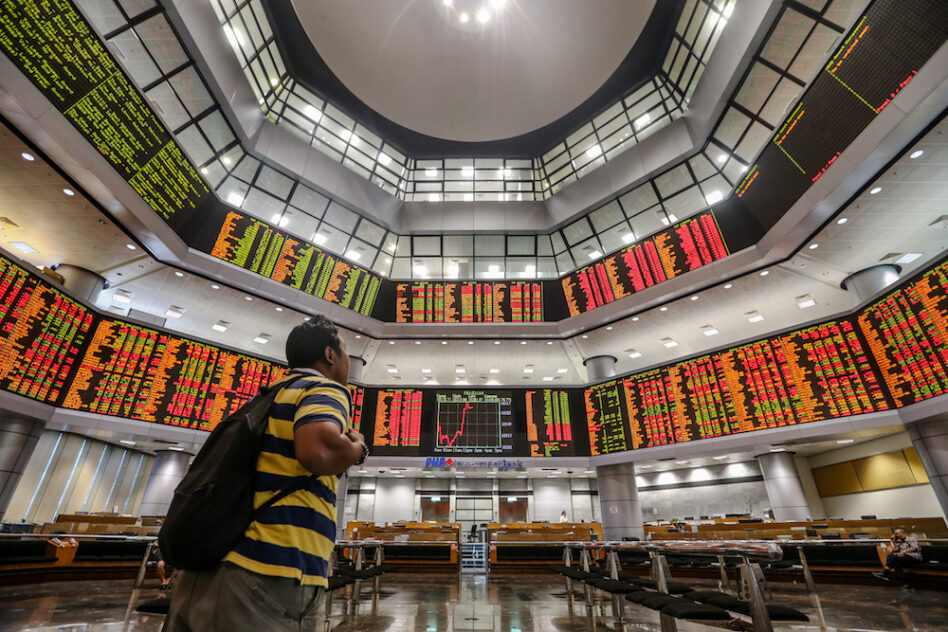HIGH COVID-19 cases coupled with multiple rounds of lockdowns may result in a re-prioritsation of the Government allocation amounting to RM68.2 bil for the construction sector to areas most directly-affected as well as towards implementation of measures to help the people displaced by the pandemic.
Therefore, PublicInvest Research is of the view that public investment will be more meaningful in 2022 amid a stronger pick-up in global economic conditions and higher crude oil prices.
“A bulk of the amount has been set aside for accelerating on-going impactful public infrastructure projects, primarily for transport and connectivity such as ECRL (East Coast Rail Link), MRT 2 (Mass Rapid Transit Line 2), LRT 3 (Light Rapid Transit Line 3) as well as the Pan Borneo Highway Sabah and Sarawak and Coastal Highways in Sarawak,” analyst Nurzulaikha Azali pointed out in a construction sector update.
Key drag on overall sector performance thus far is the re-enforcement of movement restrictions to stem a spike in COVID-19 cases which leads to stricter observation of standard operating procedures (SOPs) at workplaces that eventually affect the execution of construction works.
“This situation is further exacerbated by labour shortages, travel restrictions and material supply chain issues globally,” noted the research house.
As such, earnings prospects of contractors will remain challenging this year with recovery only likely in 2022 even as outstanding order books for most construction companies are relatively healthy with earnings visibility for the next three years.
“It should be noted that bottom lines are subject to higher operating cost as raw material prices have spiked, including for steel bar and copper, in addition to pandemic-related costs,” opined PublicInvest Research.
Additionally, the level of efficiency is also expected to remain low due to restrictions on working hours, strict adherence to COVID-19 SOPs, worker density on the site, and compliance with the Worker’s Minimum Standards of Housing and Amenities Act 1990.
“Re-enforcement of the movement control order (MCO) 3.0 will also hurt contractors further as only critical maintenance, repair works, and critical construction works for major public infrastructure are allowed to operate,” observed the research house.
“There is also higher risk attributed to (i) potential stop-work orders as sub-contractors may have gone out of business; (ii) shortage of foreign workers as borders remain largely closed, and (iii) policy to reduce the country’s reliance on foreign workers.”
All-in-all, PublicInvest Research retained its “neutral” outlook on the construction sector with earnings outlook for local contractors are expected to remain weak despite the relatively healthy outstanding order books.
“Although the sector’s gross domestic product (GDP) is forecast to record a growth this year as opposed to a contraction in 2020, project execution remains a key issue given the high infection rates and fatalities currently,” justified PublicInvest Research.
“While the sector is poised for stronger recovery with the roll-out of MRT3 auguring well, the local political landscape remains dynamic, raising uncertainties on timing of implementation.” – July 14, 2021









